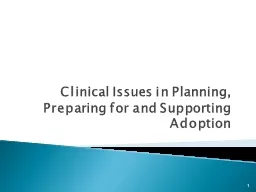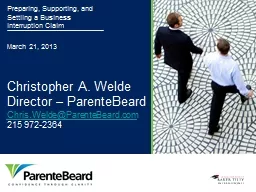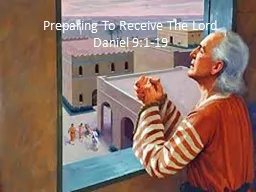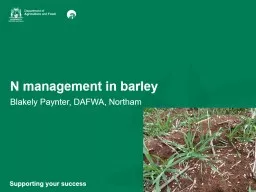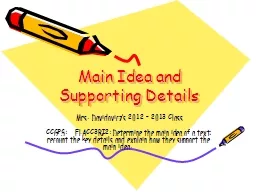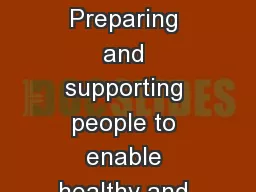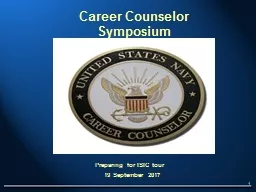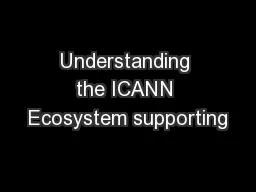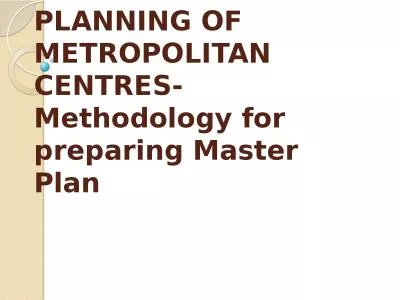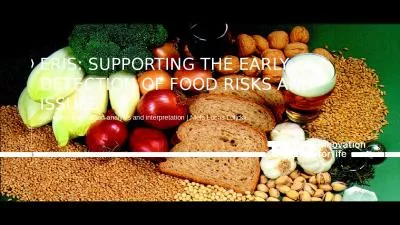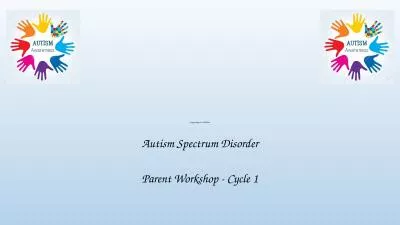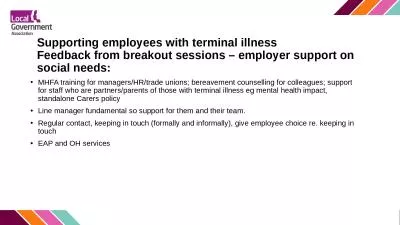PPT-Clinical Issues in Planning, Preparing for and Supporting A
Author : luanne-stotts | Published Date : 2017-03-15
1 2 Issues that may arise as individuals are considering adoption and the differences between adopting and giving birth to a child The impact of community perceptions
Presentation Embed Code
Download Presentation
Download Presentation The PPT/PDF document "Clinical Issues in Planning, Preparing f..." is the property of its rightful owner. Permission is granted to download and print the materials on this website for personal, non-commercial use only, and to display it on your personal computer provided you do not modify the materials and that you retain all copyright notices contained in the materials. By downloading content from our website, you accept the terms of this agreement.
Clinical Issues in Planning, Preparing for and Supporting A: Transcript
Download Rules Of Document
"Clinical Issues in Planning, Preparing for and Supporting A"The content belongs to its owner. You may download and print it for personal use, without modification, and keep all copyright notices. By downloading, you agree to these terms.
Related Documents

